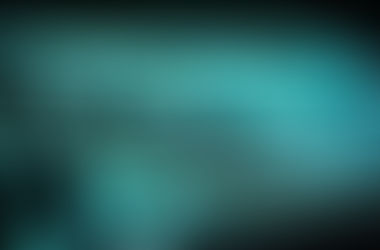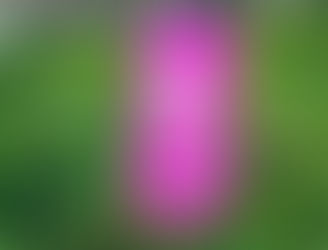Tips on how to modify photos for use as elearning backgrounds
- Karen Chan
- Jun 9, 2020
- 2 min read
Updated: Jun 26, 2020
When selecting images to support your elearning, you may find you don’t have space to include imagery along with the titles, text, buttons and other content. A stylish and easy fix is to use an image as a background underlay for your elearning!
However, just putting text on top of a picture doesn’t always work. Depending on what’s in the image, it may have parts that are too light or too dark for you to layer text over and have it still be visible, or the imagery itself is too busy and your words get lost in the visual. Keep contrast in mind when you select an image for use as a background. But if the image you find isn’t quite dark or light enough, there are easy ways to modify your picture so it can still be used.
Storyline has several built in tools that you can use to edit photos or other pictures that will help to make the image you want work for these purposes.
Suppose you wanted to use an image like this:

Unfortunately, the black shape in the middle and the other dark areas in the picture would make any text on this difficult to read.


The white text works better, but we can make it really pop with the settings in the top left of the Picture Tools toolbar – Brightness, Contrast, and Recolor.

With these, you can do some interesting things with the colour and tone of your photos. I’m especially a fan of the Recolor feature, as the first thing you see when you click on it is a palette based on the existing theme colours of your course. This is extremely useful, as you can use this to tint any photo with your client’s brand colours, if your colour theme has already been set up for this. Check out our previous blog – Setting Up Storyline with Branded Themes – for a how to on configuring Storyline with your client’s brand identity.

The Dark Variations and Light Variations will create a monochromatic light or dark version of your image, while clicking on More Variations and selecting a colour will do an overlay of that colour instead. This will affect how the original colours in the photo appear, so choose carefully.
Original:

Yellow dark variant:

Yellow light variant:

Yellow overlay:

You can see how the blue of the water is removed from the orange light and dark variations, but is mixed with the overlay colour in the last image.
Knowing this, we can experiment with whichever colour and application works best to create an image that works as a background. Don’t forget to apply what you know about colour theory and creating a mood to support what your content is trying to say!


We also made a tutorial video we made demonstrating all this on our YouTube channel! Check it out here: Editing background photos with Articulate Storyline


































Comments